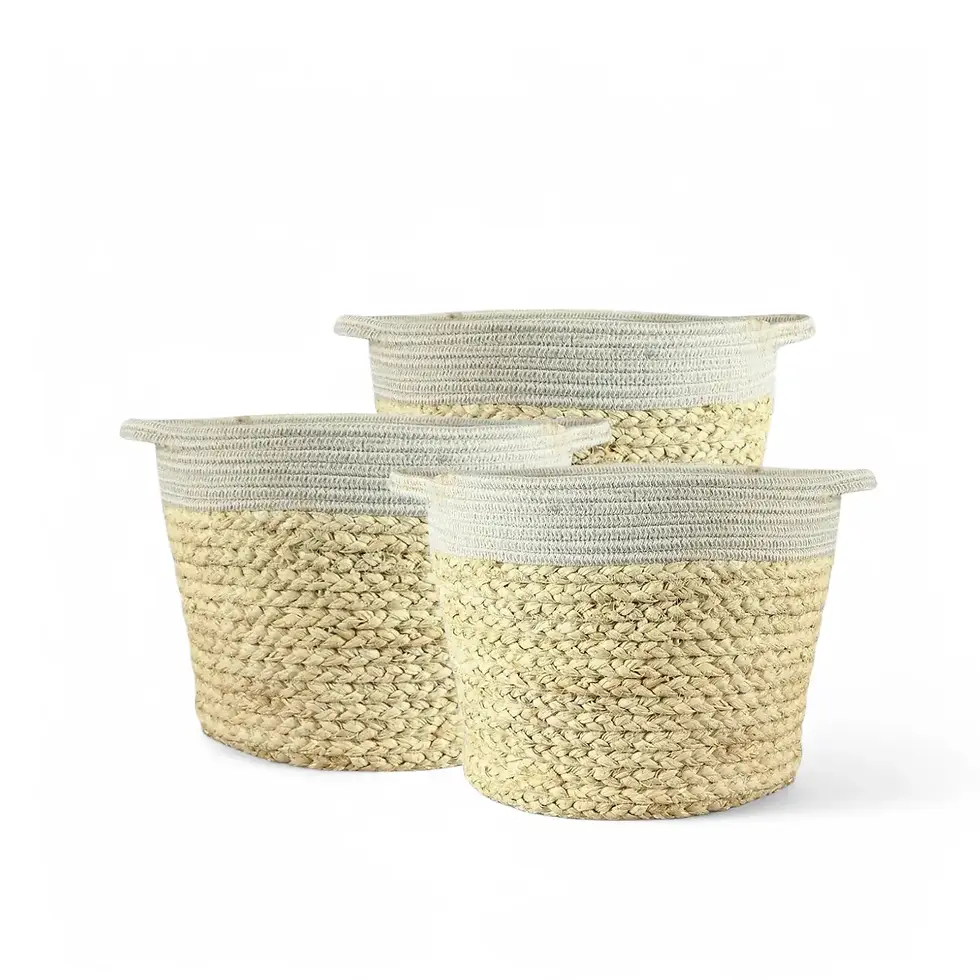Laurus nobilis - Care Guide and Growing Tips
A true classic among evergreen plants, Laurus nobilis is an elegant, aromatic shrub cultivated for centuries. Its deep green, leathery leaves release a distinctive fragrance when crushed, making it a sought-after plant for both culinary and ornamental purposes. With its upright growth habit and dense foliage, bay laurel is a stylish yet practical choice for home gardeners. Whether grown in a pot, as a hedge, or trained into a small tree, it adds a touch of Mediterranean charm to any space.
Why Choose Laurus nobilis?
- Fragrant foliage: Aromatic leaves widely used in cooking and herbal medicine.
- Evergreen beauty: Lush, deep green leaves provide year-round interest.
- Versatile growth: Can be grown as a compact potted plant, pruned into topiary, or cultivated as a small tree.
- Drought-tolerant: Adapts well to occasional dry conditions once established.
- Resilient and long-lived: With proper care, it thrives for decades.
- Disease-resistant: Less prone to fungal infections compared to other Mediterranean plants.
Essential Facts About Laurus nobilis
Native to the Mediterranean region, Laurus nobilis thrives in warm, temperate climates. In its natural habitat, it grows in well-drained, rocky soils with annual rainfall of 500-1200 mm and temperatures ranging from 10-30°C. It often grows as an understory tree, reaching heights of up to 10 meters in ideal conditions, but it remains much smaller in containers.
Indoors, it typically stays between 1-2 meters tall, making it a manageable houseplant with proper pruning. Its slow to moderate growth rate makes it an excellent choice for bonsai training and topiary shaping. Bay laurel is mildly toxic to pets if ingested in large amounts due to its essential oil content.
Caring for Laurus nobilis
- Placement: Prefers a warm, bright spot with good airflow. Thrives in sunny locations like a south-facing window or an outdoor patio.
- Light: Requires at least 5-6 hours of direct sunlight daily. If growing indoors, supplement with a grow light during darker months.
- Water: Keep the soil evenly moist but never waterlogged. Allow the top 2-3 cm of soil to dry out between waterings. Reduce watering in winter.
- Humidity: Prefers moderate humidity but adapts well to normal indoor conditions. If the air is dry, occasional misting or a humidifier can help.
- Temperature: Best kept above 10°C and thrives in 15-25°C. Not frost-hardy, so bring it inside before temperatures drop below freezing.
- Soil: Needs a well-draining, nutrient-rich potting mix. A blend of potting soil, perlite, and sand ensures good aeration.
- Pot Choice and Repotting: Select a pot with adequate drainage holes. Repot every 2-3 years to refresh the soil and encourage healthy root growth.
- Fertilizing: Feed with a balanced liquid fertilizer every 4-6 weeks during spring and summer. Reduce feeding in autumn and winter.
- Propagation: Can be propagated from semi-hardwood cuttings, but rooting is slow. Air layering is another successful method.
- Semi-Hydroponics and Hydroponics: Can adapt to semi-hydroponic setups using LECA. Fully hydroponic cultivation is possible but uncommon.
- Pruning: Encourages bushier growth. Remove dead or weak stems in early spring. Trim in late summer for topiary or hedge shaping.
- Harvesting Leaves: For culinary use, harvest mature leaves, as young leaves have a more subtle flavor. Dry leaves in a dark, well-ventilated area.
Laurus nobilis - Common Issues and Solutions
- Leaf Browning: Can be caused by dry soil, excessive heat, or cold drafts. Adjust watering and reposition the plant.
- Yellowing Leaves: Often due to overwatering or nutrient deficiencies. Ensure proper drainage and fertilize regularly.
- Pests: Susceptible to scale insects, spider mites, and aphids. Treat with neem oil or insecticidal soap.
- Root Rot: Occurs if the soil stays too wet. Use well-draining soil and ensure the pot has drainage holes.
- Fungal Issues: Poor air circulation can lead to sooty mold or powdery mildew. Increase airflow and avoid wetting leaves.
- Slow Growth: Natural for this species but can be improved with regular fertilization and proper light exposure.
- Leggy Growth: Happens when the plant isn’t receiving enough sunlight. Move it to a brighter spot and prune lightly.
Additional Considerations for Laurus nobilis
- Prefers outdoor conditions but can be grown indoors with sufficient light.
- Thrives when moved outdoors during warmer months.
- Does well in Mediterranean and temperate gardens but must be protected from harsh winters.
- Can be shaped into bonsai, topiary, or a small ornamental tree.
- Highly deer-resistant - a great option for gardens in areas with browsing wildlife.
Etymology
The genus Laurus comes from the Latin word for "laurel," referencing its historic use in crowns and wreaths. The species name nobilis means "noble" or "famous," reflecting its revered status in ancient cultures. It was first formally described by Carl Linnaeus in 1753 in his work Species Plantarum.
FAQs about Laurus nobilis
1. Can Laurus nobilis be grown indoors year-round? Yes, but it requires plenty of sunlight and good air circulation. It thrives best when placed outdoors in summer.
2. Are bay leaves safe to use in cooking from potted plants? Yes! If grown organically and free of pesticides, the leaves can be safely harvested and used in cooking.
3. How do I encourage bushier growth in my bay laurel? Prune regularly, especially in spring, and ensure it gets enough sunlight for strong, compact growth.
Order Your Laurus nobilis Today!
Enjoy the aromatic foliage, culinary benefits, and timeless elegance of Laurus nobilis. Order now and bring a touch of Mediterranean charm to your home!
Laurus nobilis
Laurus nobilis comes in following sizes:
S – is approximately 40 cm tall and comes in a ⌀ 15 cm pot.
M – is approximately 100–120 cm tall and comes in a ⌀ 21 cm pot. (Bush)
L – is approximately 70–90 cm tall and comes in a ⌀ 21 cm pot. (Stem)

























































